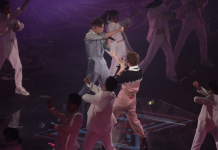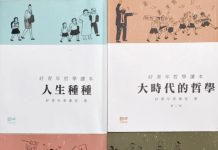As the pictographic meaning in Chinese characters disappeared, it was replaced by simple lines. According to Cheung, this means the argument that simplified characters lead to the loss of the original meaning of Chinese characters is flawed.
He says traditional Chinese characters, despite their name, have in fact already travelled a long way from the roots of the written language. The unending pursuit of convenience has led to the logical emergence of the simplified Chinese characters we know today. It is a natural and inevitable process in the evolution of Chinese writing.
Cheung believes we should respect both traditional and simplified Chinese characters and learn to appreciate and accept simplified characters as one of the modern standard written systems.
He is not surprised that simplified Chinese has appeared more frequently in Hong Kong after the handover as there are now more mainlanders visiting and living in Hong Kong.
From purely a linguistic point of view, Cheung says words are merely symbols that denote and encode messages. If these characters, or put simply, symbols, are able to function effectively as a tool for communication, then they would have served their purpose.
He cites the example of signs in Hong Kong hotels which use English, traditional Chinese, simplified Chinese and even Japanese in order to communicate with customers.
This diversity in languages is solely for practical purposes and the same principles should apply to public signboards and banners. Cheung says political and socio-cultural factors simply do not come into play.
Cheung is confident that traditional Chinese writing will never fade out as he recognises the huge support it has from Hong Kong people. Nevertheless, he thinks that the public should improve their understanding of the Chinese language and culture before any genuine and fruitful debate can ensue.
“When we put too much political emotion into [the debate], we forget to look into the reality of the language.”
– An earlier version of this story and the print version erroneously states that zhuanshu appears in the Han dynasty. The online version has now been corrected to the Qin dynasty. We apologize for the mistake.






































